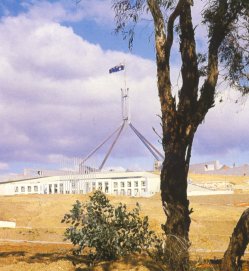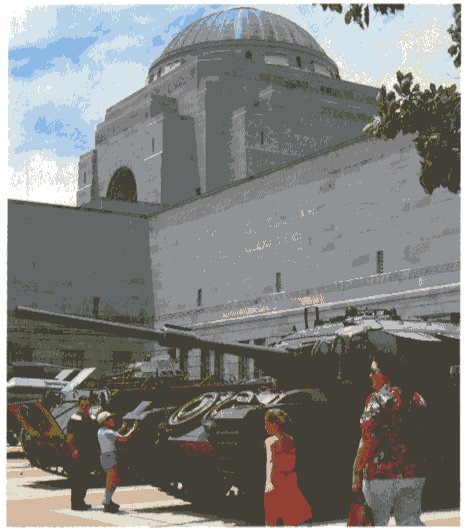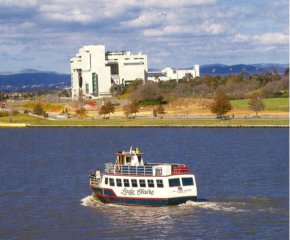|
|
|
'Heart of the Nation'
ACT is the economical, cultural and political nerve centre of Australia. Its total area mass is equal to 2395sqKm, making it the smallest of Australia's states and Territories. The landscapes of ACT range from cosmopolitan Canberry Plains, the site of the nation's capital, to the majestic alpine mountains of the Great Australian Alps. The northern and eastern districts are generally plains and grazing lands and the bulk of the western and southern districts consist of broken mountainous terrain frequently capped with snow during the winter.
History
The first European to enter ACT was the emancipist Joseph Wild in 1820. Five years
later Sydney merchant Robert Campbell secured a land grant which he named Duntroon, now
site to Duntroon Military College. Early this century the constant lobbying of Labor
leader, Chris Watson, of the time and the people of Queanbeyan ensured that the district
would be selected at the site for the national capital. In 1909 the NSW
government passed the Seat of Government Surrender Act, which transferred the Territory to
the Commonwealth.
Economy
Act's economy is based on wheat, wool, whole milk and meat industries and commercial
timber forests of softwoods and native hardwoods. Secondary industry consists mainly of
the service industry associated with the growth of the Territory and tourism which is now
a major element in economy.
Sites & Scenes
One of the more popular sites is Cockington Green, an outdoor, one-twelfth size
miniature village and gardens situated on the corner of the Gold Creek Road and the Barton
Highway, behind old Ginninderra Schoolhouse and George Harcourt Inn on the outskirts of
Canberra.
Corrin Dam is located 60Km south-west of Canberra, it is the largest of the Act's three water supply storages. It has capacity of 75,000M litres and was completed in 1967.
Nature Reserves
Gudgenby Nature Reserve, comprised of 51,000H represents about 20% of the Act area.
The reserve is decorated by high mountains and contains the upper catchment of the
Naas and Gudgenby rivers. It rises steeply from agricultural lands and at its base
is the tiny village of Tharwa, on the banks of the Murrumbidgee River.
* In this reserve can be found Aboriginal artefacts, a sign of the extensive use of the
park by Aboriginal people. It was the ritual gathering place during summer for
hunting and gathering the bogong moth for the annual 'Urayarra' or gathering for the
feast.



The bi-centennial year shall hold the completion of the Parliament house
The Australian war memorial
The Lady Claire sails down lake Burley Griffon with the law courts in the background.
| Act Capital - Canberra |